The world is changing rapidly and unusually thanks to the remarkable development of the Fourth Industrial Revolution, especially artificial intelligence and semiconductors that are shaping and redrawing the world order.
Therefore, the "strategic technology mastery battle" has now become a hot topic in the global technology field. Strategic technology plays an important role not only in civil technology but also has a profound impact on national security and global power.
With the rapid development of technologies such as artificial intelligence (AI), 5G, 6G, quantum computing and self-driving cars, the strategic technology industry is attracting special attention from major powers such as the United States, China and other countries.
For example, semiconductor chips, with large corporations such as Intel, NVIDIA and Qualcomm of the United States, or TSMC of Taiwan (China), are not only the foundation of modern technology but also the decisive factor in military systems and national security. The semiconductor war will be decisive in determining the position and power of countries in the international arena.
Therefore, moving towards self-reliance and technological autonomy, developing strategic and core technologies, is becoming a top priority in the security strategies of many countries and territories.
This reality requires Vietnam to have a breakthrough in thinking on many fronts, along with a wise approach, including investment in science, technology and innovation. This context requires correct policy orientations and drastic actions so that science and technology can truly become a key driving force for the country's development, as emphasized in the spirit of Resolution 57 of the Politburo.
To clarify the pressures, opportunities, core concepts such as "strategic technology" and necessary breakthrough solutions, Dan Tri reporter had a conversation with Dr. Ha Huy Ngoc, Deputy Director in charge of the Center for Research on Local and Territorial Economic Policy and Strategy (Vietnam and World Economic Institute).
National Strategic Technology: Concept and Importance
In your opinion, what core criteria should be used to define and determine the concept of "national strategic technology" to best suit Vietnam's context and resources?
- Currently, there is no specific, official concept of strategic technology, because each country has very different concepts, often based on strengths in science and technology (S&T).
In our opinion, strategic technology is a collection of advanced, modern, core technologies that we own, that the State prioritizes to invest resources in to develop, and when put into application and production, it creates the ability to turn around the country's development situation, promote high economic growth, improve national productivity and competitiveness, play a fundamental role in creating new industries and is of strategic importance to national defense and security.

Dr. Ha Huy Ngoc, Deputy Director in charge of the Center for Research on Local and Territorial Economic Policy and Strategy (Photo: Quyet Thang).
Strategic technology products are formed from technologies in the Strategic Technology List, with superior quality, features, added value and high localization rate, participating in the global technology supply chain, playing a key role in realizing the strategic goals of becoming an upper-middle-income country by 2045 and ensuring national defense and security.
Accordingly, each country chooses its own strategic technology fields: For example, the US chooses semiconductor technology, AI, military, healthcare; the UK chooses basic science, green energy, Fintech; France chooses aviation technology, nuclear energy, medicine, pharmaceuticals; South Korea chooses semiconductor technology, electric vehicles, telecommunications; China is AI, 5G... or Japan chooses robots, materials technology, electronics.
Sir, in the context of competition to master strategic technology and ensure technology sovereignty globally, what are the biggest opportunities and challenges for Vietnam today?
- On opportunities to develop strategic technology:
Regarding strategic location: Vietnam has a favorable geographical location for developing strategic technology, especially in the fierce competition of the world technology industry . Being a country located in the center of Southeast Asia, it helps to easily connect with major markets in the region such as Singapore, Malaysia, Thailand, and Indonesia.
This makes Vietnam an ideal location to set up a manufacturing and technology distribution base for the region. In addition, its geographical location adjacent to China and close to India - two large markets with high demand for technology products - can be leveraged to expand exports and attract investment from companies looking to access these markets.
In the context of the technology value chain gradually shifting to Southeast Asian countries, Vietnam has all the necessary conditions and factors to develop the semiconductor industry.
In terms of location and geopolitics, Vietnam is currently considered the country with the most advantages among ASEAN countries. The interest and presence of US and Japanese enterprises in the semiconductor sector has demonstrated that these countries are highly appreciating Vietnam's role in the semiconductor industry value chain.
Special attention of the Government: The Party and Government are aware of the important role of strategic technology in socio-economic development, national security and defense protection and are highly determined in pursuing and developing the semiconductor industry, building a strategy for strategic technology development and providing maximum support for foreign investors, especially the United States, to invest in and do business in the semiconductor industry supply chain in Vietnam.
Vietnam is continuing to improve its system of policies and laws on investment, enterprises and the public-private coordination mechanism between the state, enterprises, research institutes and training facilities in the industry.
The domestic technology market has great potential due to the growth of the electronics industry and consumer demand: The electronics industry with main products of electronic components, complete phones, phone components, assembled TVs, tablets and computers, plays the role of an important customer of strategic industries.
Vietnam has a potential domestic market for microelectronic products with 99 million people, of which the average age is 33 years old, 69% of the population is between the ages of 15-64 with a huge demand for modern consumer electronics products.
Increasing income and living standards of the population have led to an increase in the demand for electronic goods. This is also a factor that increases the size of the microchip market in Vietnam.
The endogenous capacity of strategic technology has had initial achievements: In recent years, Vietnam has achieved many important achievements in economic development based on Innovation (I) and application of advances in science and technology.

In recent years, Vietnam has achieved many important achievements in economic development based on Innovation and application of advances in science and technology.
According to the Global Innovation Index (GII) 2022 ranking announced by the World Intellectual Property Organization (WIPO), Vietnam is currently assessed to have the highest innovation capacity among developing countries; ranked 48/132 countries (holding the 4th position in Southeast Asia, after Singapore - 7th, Malaysia - 36th and Thailand - 43rd).
Vietnam's innovation startup ecosystem is ranked 54th in the world and 12th in the Asia-Pacific region in 2022 (according to Startup Blink). Some of Vietnam's semiconductor research and inventions have had specific applications in industrial production sectors.
Some Vietnamese semiconductor products have been and are being exported to a number of countries and territories around the world, of which the US and Japan are the main markets.
Human resource advantage: Vietnam's workforce is a significant advantage due to its large size, relatively high skill level, rapid training and reasonable cost. Human resource training for strategic technology industries has received investment and promotion from the State, universities and enterprises.
There are currently 35 universities offering courses in strategic technology. Next year, they plan to enroll over 1,000 students in chip design alone, and about 7,000 in related majors. This number is estimated to increase by 20-30% each year.
- Difficulties and challenges:
The shortage of highly qualified and high-quality human resources: Especially in high-tech fields, is currently a major bottleneck in attracting large technology corporations to shift their investment locations for research, development and production to Vietnam.
The number of Vietnamese engineers participating in the strategic technology industry is not strong in both quality and quantity, the structure is not complete, especially lacking general engineers and chief architects to coordinate and develop new semiconductor chips. The ability to work in English and the ability to work in an international environment of Vietnamese engineers is still weak.
Talent policies are not attractive to foreign human resources: Currently, there are about more than 2,000 Vietnamese people working in large semiconductor industrial corporations in countries and economies such as the United States, Korea, Japan, Taiwan, Europe, etc.
This is an important resource for the development of this industry in Vietnam. To promote the development of the industry, it is necessary to build competitive and attractive policies and incentives to increase the participation rate of this group of personnel in Vietnam.
Training capacity and scale at training institutions still have many problems: The training catalog of the Ministry of Education and Training currently does not have a separate major for semiconductors. This industry is still considered a narrow major in the Electrical - Electronic Engineering or Computer Engineering group, so the knowledge taught in industries and schools is not synchronized and standardized properly.
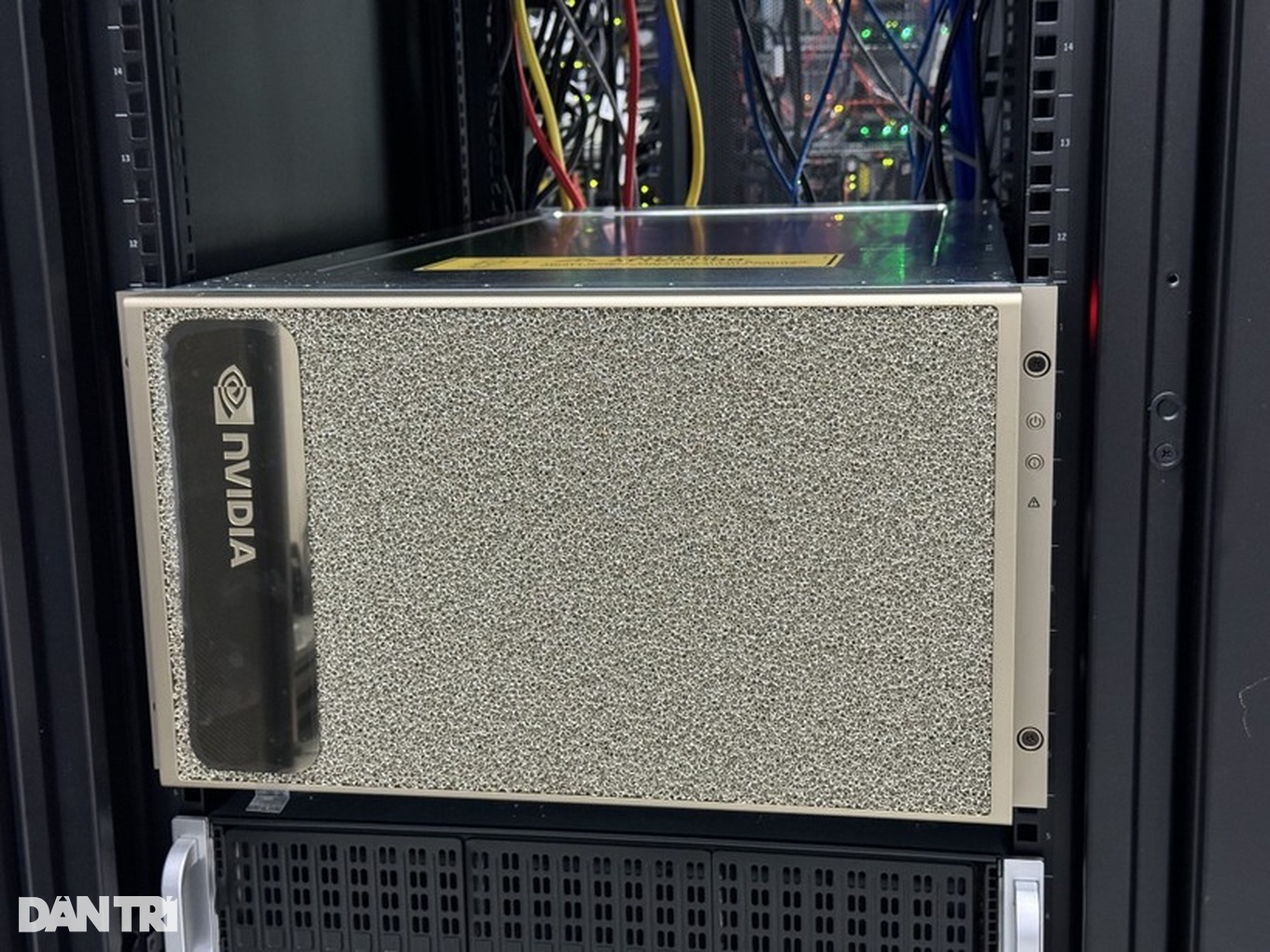
The NVIDIA DGX A100 super server has a compact design and is located in the computer room of the University of Information Technology (Photo: Huyen Nguyen).
Currently, leading universities in Vietnam such as Hanoi National University, University of Science and Technology, Danang University, FPT University, etc. have been changing and improving their study programs to closely follow the needs of the semiconductor labor market.
Most institutes and schools still lack laboratories and copyrighted microchip design tools so that students can research and practice their expertise close to reality.
Vietnam has not yet formed a complete strategic technology manufacturing ecosystem: Currently, our country does not have a chip manufacturing factory with full equipment for manufacturing and testing the quality of semiconductor products.
The majority of chip factories are now located in the US, Japan, South Korea and China, where most design and manufacturing companies are headquartered. Although they are much smaller in number, factories in Southeast Asia are mainly concentrated in Singapore and Malaysia.
Foreign technology corporations investing in Vietnam mostly stop at the stages of microchip design, assembly and testing, but have not invested in microchip production with complex and high-level technology.
Breakthrough solutions to master strategic technology in Vietnam
Regarding the framework of the National Strategic Technology Development Program, in your opinion, what are the top priority factors?
- In our opinion, in the immediate future, strategic industries can choose and focus on the following areas:
Semiconductors and Advanced Materials : Focus on research on specialized microcircuit design, advanced packaging, combined with research and development of new materials with outstanding features. Highlighted is semiconductor technology - the core element for the development of modern electronic devices and microcircuits.
Vietnam needs to quickly promote research and development in this field, take advantage of opportunities to attract international investment, and build technological autonomy in the future.

Vietnam needs to quickly promote research and development in the fields of semiconductors and advanced materials; take advantage of opportunities to attract international investment, and build technological autonomy in the future.
National AI : Forming a nerve center for AI research, training and testing, with a specific mechanism, international connections, and financial autonomy; Developing a large language model (LLM) specifically for Vietnamese and the Vietnamese cultural context, serving AI applications in education, law, healthcare, and public administration.
Establish a mechanism to test AI models and solutions in a controlled legal environment, creating conditions for innovation; integrate AI programs in all levels of education, expand mass training of basic AI skills for students; create a national AI fund, invite technology corporations to invest with the government to develop AI infrastructure platforms, cloud computing AI, and AI supercomputers.
Developing human resources to design and manufacture specialized AI chips, mastering advanced packaging technology to serve key industries.
Medical gene technology: International cooperation in research and development of AI technology in drug design and treatment regimens for some common diseases, ensuring access to modern medical achievements.
Nuclear energy technology: Mastering the technology of storing and transporting radioactive substances and researching and developing small-sized nuclear reactors, ensuring safety and serving people's lives.
North-South high-speed railway technology : Research and develop high-speed railway technology suitable for Vietnam's terrain and environmental conditions, associated with the development of smart super cities.
Technology to manufacture UAVs and Robots for security and defense: Mastering the technology to design and manufacture modern, multi-purpose unmanned aerial vehicles (UAVs) and robots for security, defense and civil applications.
To master strategic technology, forming a complete and synchronous ecosystem plays a very important role. So, in your opinion, what content should be prioritized in a strategic technology ecosystem?
- Develop a national strategic technology talent training program at leading universities: Compile advanced training programs; select lecturers, invite leading experts from advanced countries to teach; innovate admission methods to select talented students and engineers for training; tuition and learning materials exemption programs, scholarships for students; internship programs, work at key enterprises and laboratories...

- Develop a strategic technology research program for Vietnam, on that basis issue a list of technologies and a national program for developing strategic industrial technology.
- Program for research, survey, exploration, classification, processing and management of rare earth in Vietnam.
- Build and develop a system of experimental research centers and national key laboratories, focusing on strategic technologies such as artificial intelligence, big data, and semiconductor technology.
- Establish a strategic technology development investment fund of at least 10 billion USD to support businesses.
So to master national strategic technology, is the most important factor people, research organizations and technology enterprises? In your opinion, what special mechanisms and policies does the State need for these entities?
- Vietnam needs to train, attract and make use of human resources and talents, especially in the fields of science, technology and innovation.
The country needs to set out and assign major issues and problems of national strategic development that need solutions from international experts and scientists.
There must be "symbolic actions", strong actions, demonstrating the spirit of daring to think, daring to do, daring to break all barriers, thereby creating motivation and confidence for others, such as Uncle Ho inviting expert Tran Dai Nghia from France to the country, or Singapore and China bringing experts from abroad to hold key positions in universities and research institutes.
Vietnam needs to aim to build a network of experts in a number of industries. For example, choose 10 industries that will change the country in the new era, and find 50 leading experts in each industry, with complementary capabilities.
For example, the Government has decided to build high-speed railways, nuclear power plants, semiconductors, artificial intelligence, biotechnology..., and needs to prioritize finding leading scientists and technology experts with the potential to bring these industries to occupy important positions in the global value chain.
Building a professional and talent-based mechanism: Personnel are recruited based on their professional competence and promoted based on their capacity and development potential; those who do not meet the standards will be eliminated. Searching for and discovering talented people to appoint to leadership positions requires fair and objective preparation to select the best people who are willing to accept and take responsibility.
Recommend to the Politburo and the Government to allow the Ministry of Science and Technology, the Ministry of Education and Training, the Ministry of Home Affairs, the Vietnam National University, Hanoi, the Ho Chi Minh National University, and Vietnam Science and Technology to develop a pilot project on a mechanism that is outstanding, special, unusual, and highly internationally competitive to attract special talents, domestic talents, and overseas Vietnamese to work.

At the same time, assign and appoint to key Leadership positions to be in charge of strategic and cutting-edge technology research and training of high-quality human resources; leaders of Research Institutes, leaders of Universities, directors of key laboratories; assign to be the head of research projects to master strategic technologies; assign to preside over national key technology projects...
Apply special and innovative mechanisms and policies to build world-class science and technology organizations, serving as the core for research, development and application of science and technology in priority areas. Encourage and support the development of innovation centers.
Replicating the FDI attraction model such as attracting NVIDIA Corporation, focusing on investment projects requiring high-quality human resources, leading Vietnamese enterprises to participate in the global value chain; supplementing regulations on special investment procedures, creating a "green channel" for the implementation of high-tech projects and innovation center projects, helping to reduce time and costs for enterprises; effectively using the Investment Support Fund to maintain the attractiveness of Vietnam's investment environment.
It is necessary to issue a mechanism for the State to order and assign national tasks, master strategic technologies, and key national technology projects to large technology enterprises and national enterprises. This is the responsibility of large enterprises towards the country. This is also the task that Resolution 57 of the Politburo assigns to national technology enterprises, with the goal of forming large technology enterprises in Vietnam.
What activities is the Vietnam and World Economics Institute doing to contribute to the development of science and technology, sir?
- The Vietnam and World Economic Institute is one of the leading economic policy research institutes, currently focusing on consulting on the transformation of the new growth model. As General Secretary To Lam said, the new growth model is based on 3 pillars: high-quality human resource training and education, science, technology & innovation, and private economy.
Currently, the Institute focuses on research on: Innovation of growth model towards high and sustainable growth. Breakthrough mechanisms and policies to promote science and technology, innovation and private economic development.
Thank you for taking the time to chat!
Source: https://dantri.com.vn/cong-nghe/cong-nghe-chien-luoc-viet-nam-dat-cuoc-vao-dau-de-but-pha-20250503215548589.htm



![[Photo] National Assembly delegates visit President Ho Chi Minh's Mausoleum](https://vphoto.vietnam.vn/thumb/1200x675/vietnam/resource/IMAGE/2025/5/5/9c1b8b0a0c264b84a43b60d30df48f75)
![[Photo] Solemn opening of the 9th Session, 15th National Assembly](https://vphoto.vietnam.vn/thumb/1200x675/vietnam/resource/IMAGE/2025/5/5/ad3b9de4debc46efb4a0e04db0295ad8)



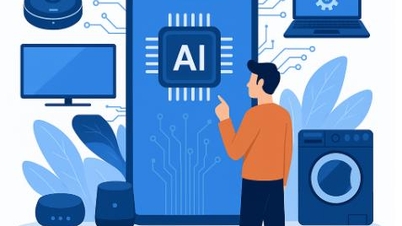









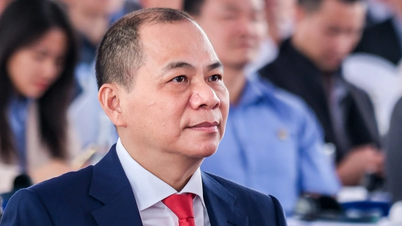





![[Photo] Bus station begins to get crowded welcoming people returning to the capital after 5 days of holiday](https://vphoto.vietnam.vn/thumb/1200x675/vietnam/resource/IMAGE/2025/5/4/c3b37b336a0a450a983a0b09188c2fe6)
![[Photo] General Secretary To Lam receives Sri Lankan President Anura Kumara Dissanayaka](https://vphoto.vietnam.vn/thumb/1200x675/vietnam/resource/IMAGE/2025/5/4/75feee4ea0c14825819a8b7ad25518d8)


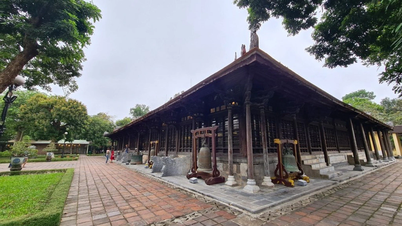













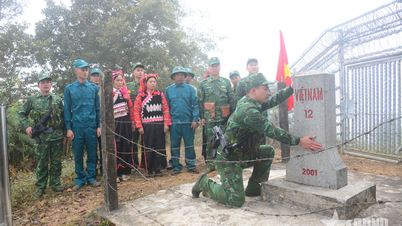








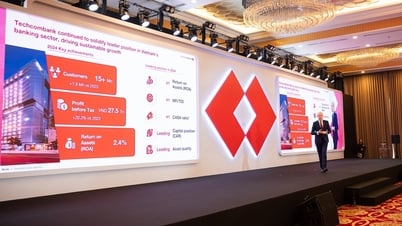


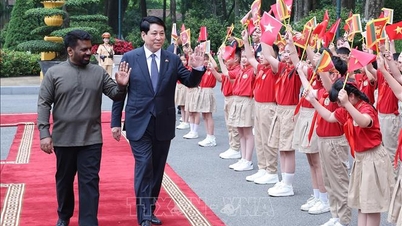

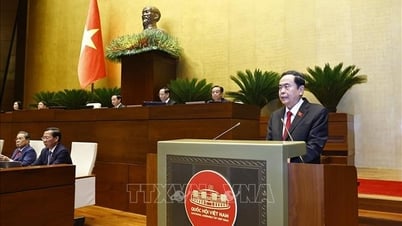
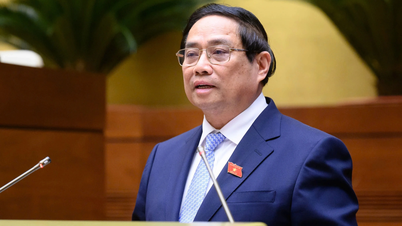
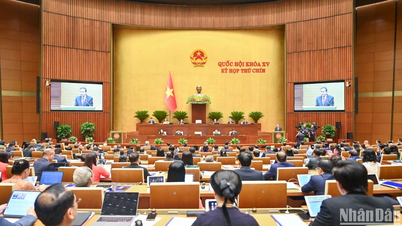


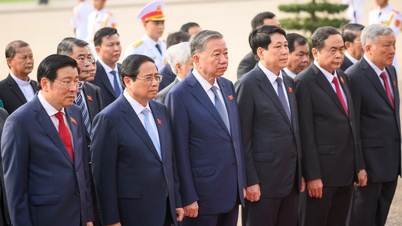
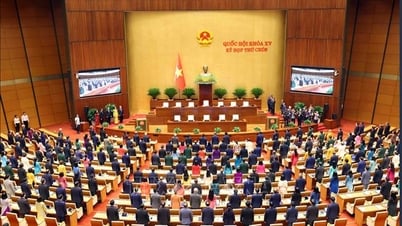







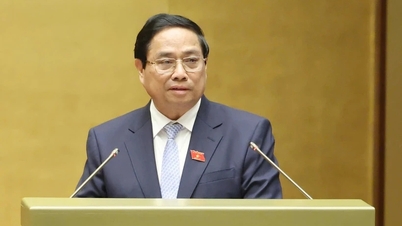






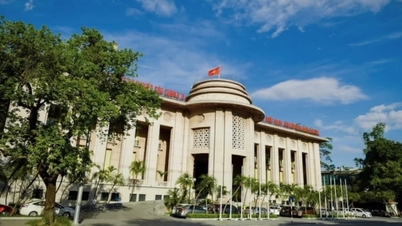














Comment (0)